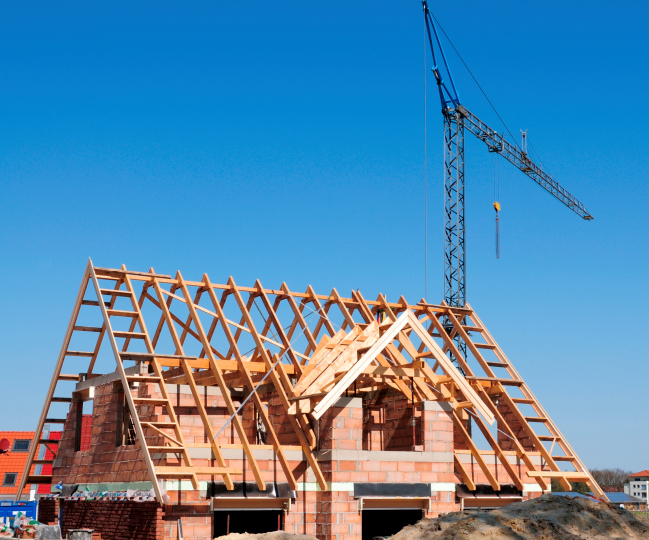
Whilst construction output figures for November showed robust growth, for the UK housebuilding sector specifically, the numbers were weak.
According to the latest S&P Global UK Construction PMI for November, the data pointed to a robust upturn in UK construction output.
However, new order growth eased to a five-month low and year-ahead business activity expectations were the least upbeat since October 2023.
A faster upturn in construction output was driven by the strongest rise in commercial work for two-and-a-half years. Survey respondents commented on improving customer demand and new opportunities to tender, despite relatively subdued economic conditions.
House building remained by far the weakest-performing category of construction work in November. The respective seasonally adjusted index was inside negative territory for the second month in a row and signalled the fastest rate of decline since June.
Construction companies once again noted that elevated borrowing costs and fragile consumer confidence had an adverse impact on demand conditions.
Commenting on the latest figures Bloom Building Consultancy director, Gareth Belsham said: “Construction isn’t so much a two-speed as a two-direction industry. With levels of commercial construction roaring ahead, and rising at their fastest rate for two and a half years, housebuilding is stuck in reverse.
“In fact residential construction has contracted for two months in a row, and November’s decline was the fastest seen since summer.
“With residential developers still chafing at high interest rates – which make it more expensive for them to buy land and build homes – and patchy consumer demand, the Government’s promise to get 1.5 million more homes built in England over the next five years is looking ever more pie in the sky.”
By contrast, he pointed to the fact that we’re seeing lots of commercial property developers pressing the button on previously paused investment plans, as well as an increase in the number of commercial property landlords investing in repair and refurbishment to generate extra value from their existing buildings.
“In many ways the momentum of the commercial property sector is dragging the wider construction industry in its wake. The headline figures still look good, but the scale of the imbalance between sectors is alarming and getting worse, ” he concluded.
Shawbrook managing director of development finance Terry Woodley stressed that while output figures were positive the long-term outlook for developers may not be as optimistic following the Government’s recent budget.
“Housebuilding remained by far the weakest performing category, despite the recent reforms and announcements such as the recruitment of hundreds of planning officers. Reaching the ambitious 1.5 million new homes target is going to require thorough and comprehensive reform, and yet the path to achieving this still doesn’t seem particularly clear. The decision not to extend stamp duty relief for first-time buyers could also hamper progress, given that they are the majority buyers of newly built homes.
He added: “SME developers are going to play a crucial role in meeting this target, so it’s important that the Government lays out detailed and effective plans to remove red tape, improve planning systems and encourage developers. Otherwise, the same issues currently stalling development risk dragging and halting any significant progress



